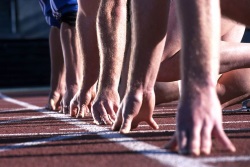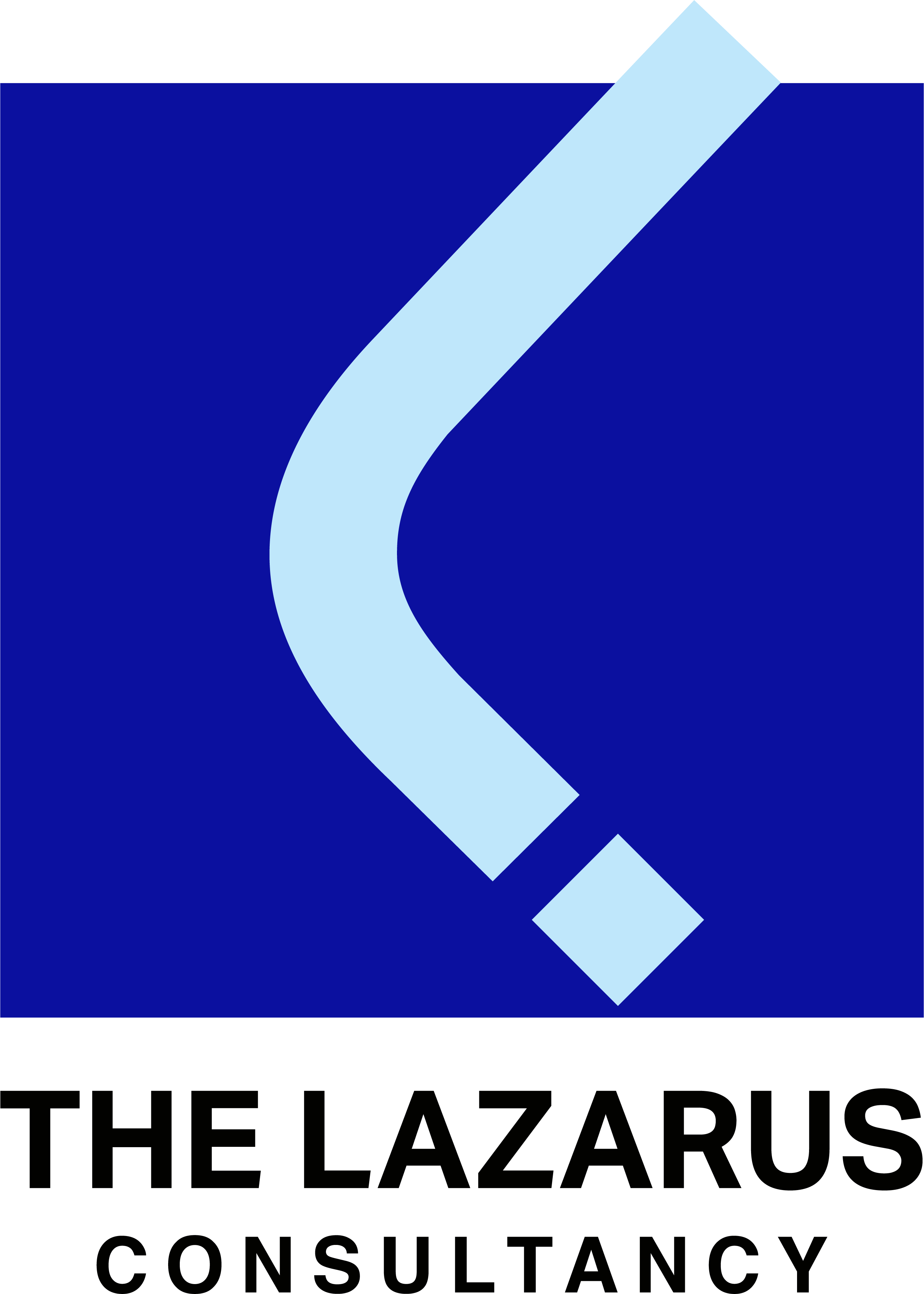NLP, Sports Psychology & Performance Coaching – Demonstrating the Mind-Body Link. Part 1 of 2
NLP, Sports Psychology & Performance Coaching – Demonstrating the Mind-Body Link. Part 1 of 2
Everyone involved in the world of NLP, sports psychology & performance coaching knows that the mind and body are linked; changing the way you think influences your thoughts, which impacts on your performance. This applies to business, sport and life generally. However, not all business people and sports coaches are fully aware of this relationship.

So how can NLPers, sports psychologists and performance coaches convince the sceptics? In my experience, there are two main ways: evidence and personal experience.
There is a huge amount of evidence regarding the mind-body link, and the developments in Neuro-science are constantly adding to this body of evidence. In my experience, some sports coaches are not interested in ‘academic’ evidence, or even if they are, their athletes/players may not be. Therefore it is useful to give sports coaches and/or athletes an undeniable personal experience that changing their thinking changes their results/performance. There are two methods that you may find useful.
The first is covered in this article, the second in Part 2.
1 Arm-turning exercise (flexibility).
I will explain this in the same way as I explain this to my clients/students, with comments in the right hand column for your reference.
| What to say | Comments |
| “Please stand up, making sure you’re at least arm’s length away from anyone or anything.Raise one of your arms and, keeping your feet still, turn as far as you comfortably can. If you’re using your right arm, turn clockwise (anti-clockwise if you’re using your left arm).This is not a competition – turn as far as you comfortably can, point your finger, and take a mental picture of where your finger is pointing.When you’ve done that, stand normally as you were.” | Demonstrate this to them so they can see it before they stand up and start the exercise. Their arm should not be across their chest, and therefore they should be able to turn freely.The actual process of turning, taking the mental picture and returning takes 2-4 seconds. |
| “Eyes open or closed, keeping still, see your finger pointing just 1 inch (2.5 cms) further round than it was, and it’s easy, comfortable and you’re relaxed.Now see your finger pointing another 2 inches, so that it’s now 3 inches (7.5 cms) further round than it was, and it’s easy, comfortable and you’re relaxed.Now see your finger pointing another 3 inches, so that it’s now 6 inches (15 cms) further round than it was, and it’s easy, comfortable and you’re relaxed.Now see your finger pointing another 6 inches, so that it’s now 12 inches/ 1 foot (30 cms) further round than it was, and again it’s easy, comfortable and you’re relaxed.You may be able to do this next bit, see your finger pointing another 1 foot, so that it’s 2 feet (60 cms) further round than it was, and again it’s easy, comfortable and you’re relaxed.” | Use a gentle, relaxed tone of voice, with a fairly slow pace. Use pauses between each further progression. |
| “However far you saw yourself pointing, hold that picture in your mind, hold any sounds and feelings and anything you were saying to yourself.” | Use four main ‘senses’ including self-talk. |
| “And when you’ve got that, open your eyes, raise your arm and turn and notice how much further you go.” | Watch people, watch their reaction. With a group, ask for a show of hands if people went further. If a couple of people don’t go further (very rare), say, “that’s about right for a group this size.” Be relaxed about it!” |
Ask for questions.
Part 2 will deal with how to demonstrate that physical strength is impacted by what you think about.
If you have any questions, contact Jeremy (jeremy@thelazarus.com, www.thelazarus.com).






